Varicose Vein Ablation/Stripping
Varicose veins are swollen and enlarged veins that typically appear on your legs and feet. They are generally the cause of increased blood pressure in the veins and this condition lends them a blue or dark purple hue whilst also making them appear twisted and bulging from beneath the skin.
Despite being a common affliction, especially amongst women over the age of 60, varicose veins do not usually cause physical discomfort or health issues. Yet, regardless of being painless and benign, some people might wish to treat them for cosmetic reasons. At Clinica Jóia, we offer you the choice to get rid of your varicose veins by means of varicose vein ablation or stripping. Both of these procedures are designed to treat varicose veins in different ways, so that your skin will look smooth and vein-free once again.
Due to the nature of the procedure, a consultation is required for personalised quotes
Proven Success
Typical Uses
Varicose Vein Ablation/Stripping may be a suitable option when you have:
- Varicose veins that interfere with the blood flow
- Leg pain and heaviness
- Varicose veins that can't be treated with less invasive procedures
- Blood clots or swelling in the veins
- A wish to improve the appearance of your leg
- Skin changes or sores caused by excess pressure in the veins
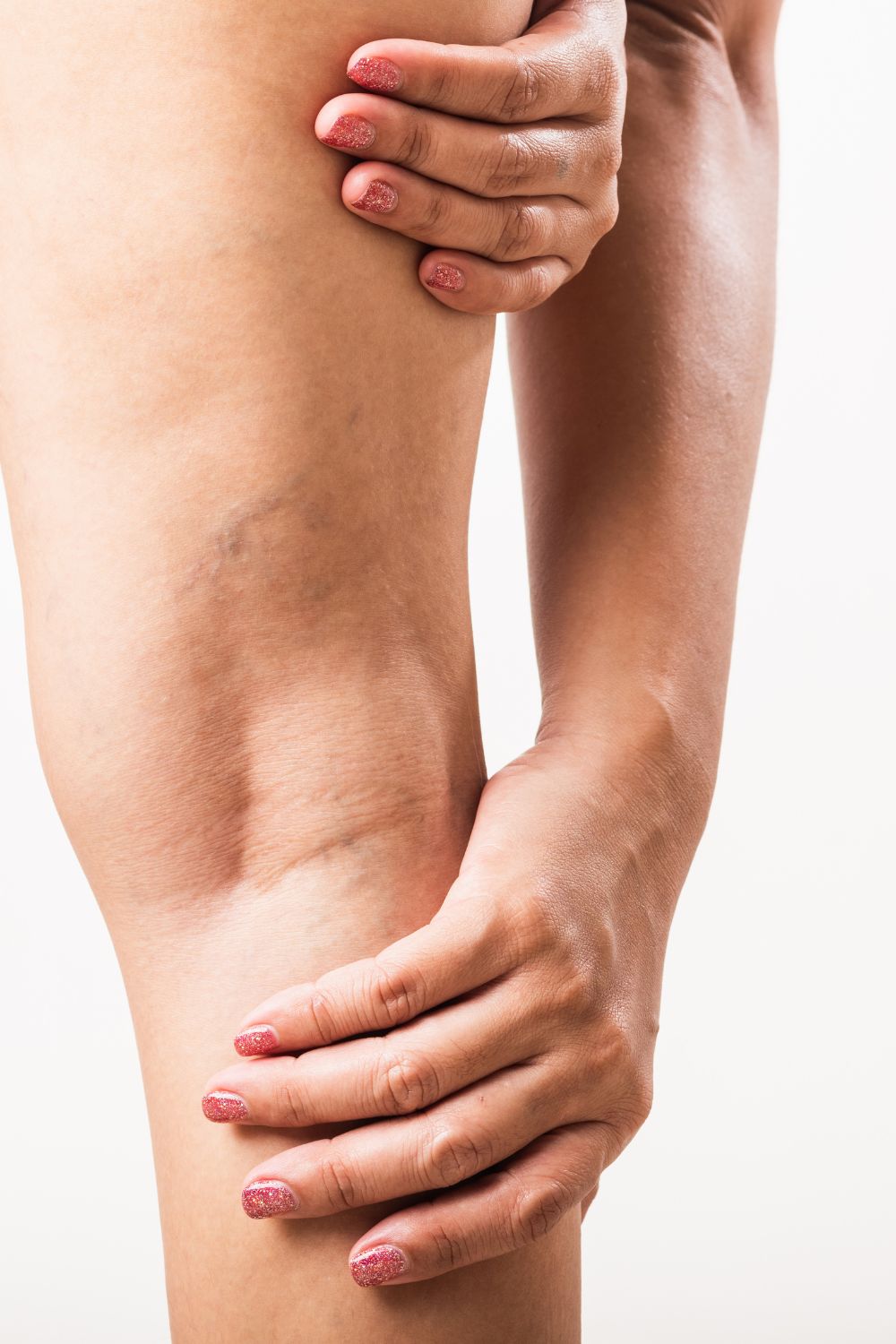
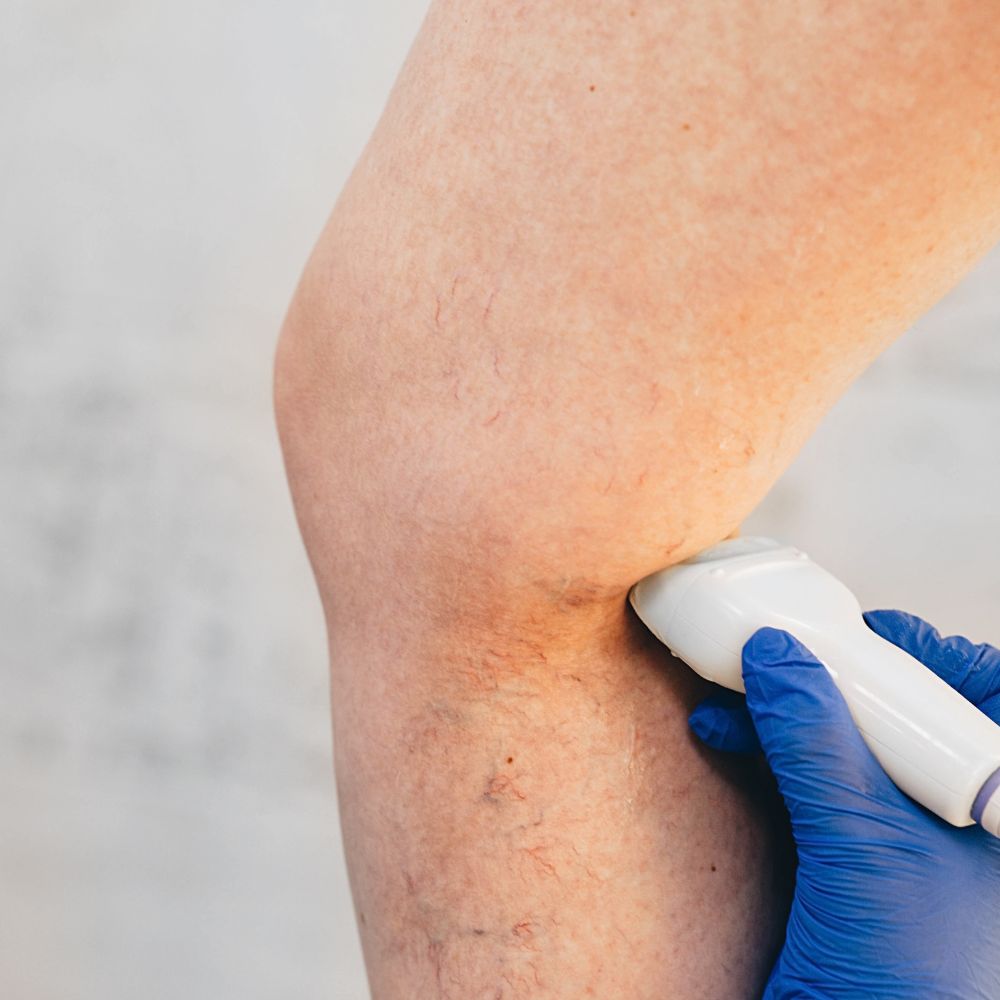
Add Your Heading Text Here
Lorem ipsum dolor sit amet, consectetur adipiscing elit. Ut elit tellus, luctus nec ullamcorper mattis, pulvinar dapibus leo.
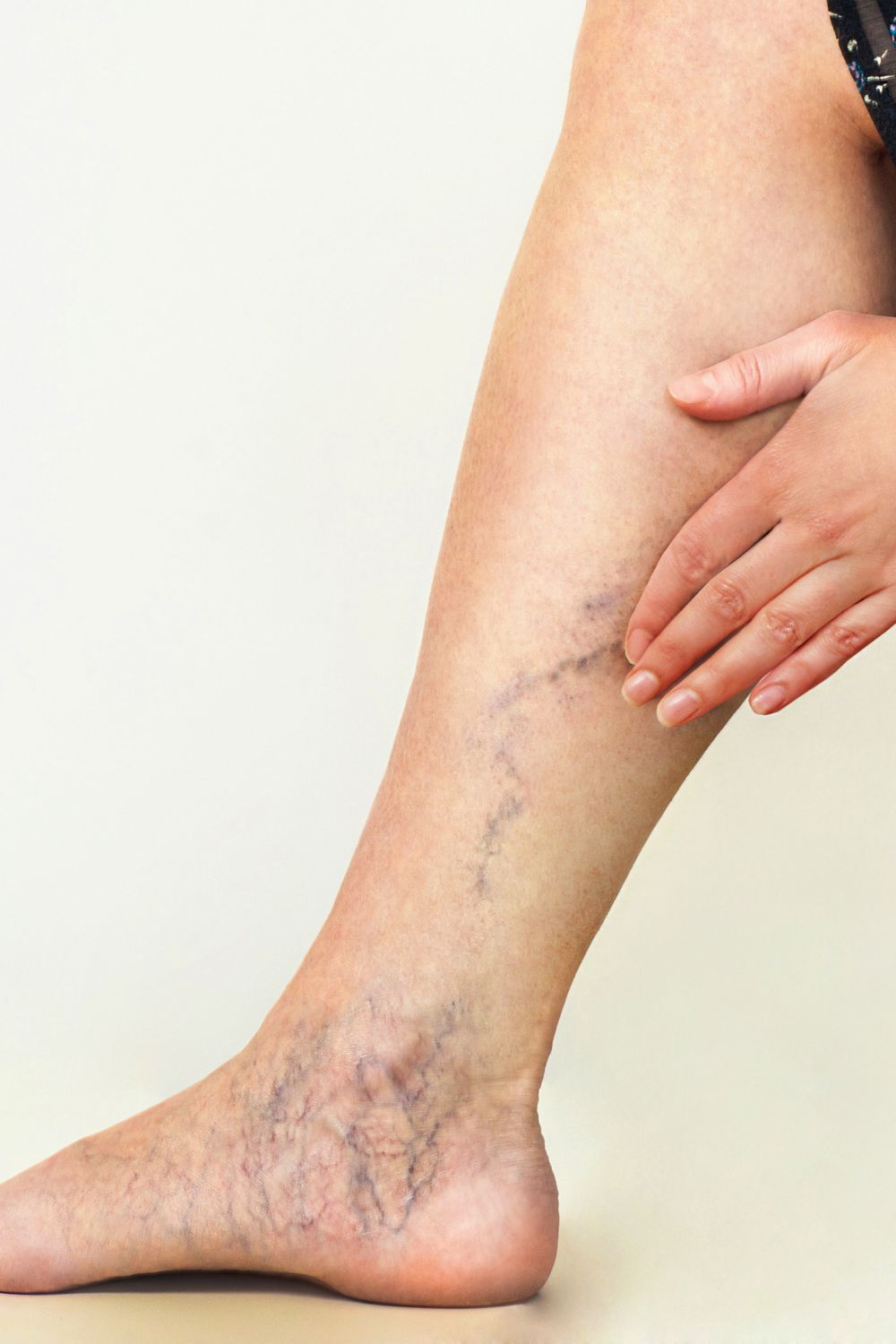
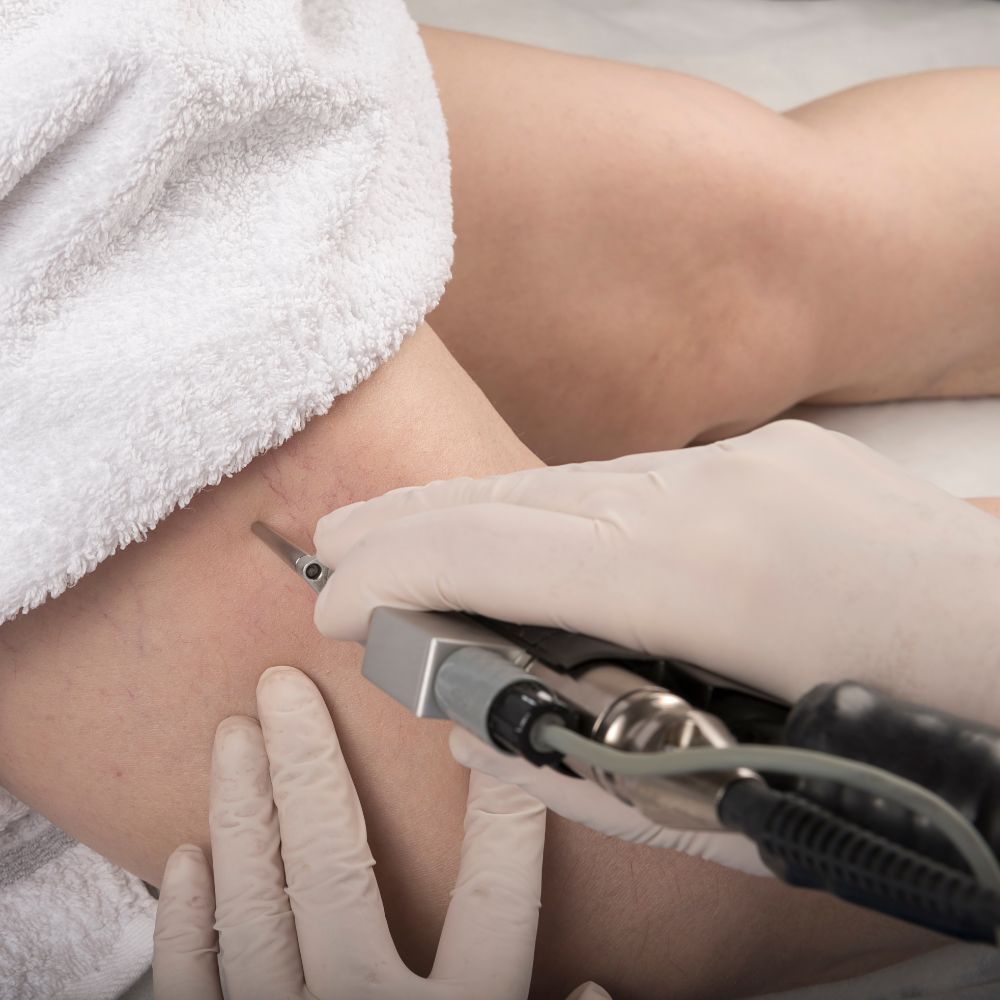
What It Entails
Varicose Vein Ablation/Stripping is a procedure which treats varicose veins by stripping or ablating them. The precise method of the procedure depends on which technique is chosen.
When opting for vein stripping, several small incisions are made near the top and bottom of your damaged vein. One of the incisions will be made in your groin, whilst the other will be made either in your calf or ankle. Next, a thin and flexible plastic wire will be threaded into the vein through the groin incision where a wire is tied to the vein allowing it to be pulled out through the cut in the lower leg. Finally, your surgeon will close the incisions, and place bandages and compression stockings on your legs.
On the other hand, vein ablation – or endovenous ablation – is a minimally invasive procedure which uses an ultrasound machine. A small incision is made, through which a fiber or electrode is moved to the desired location within the vein. This produces radio-frequency or laser energy to cauterize (burn) and close off the defective veins leading to the varicose veins.
How It Works
1.During the consultation
If you are interested in getting varicose vein ablation/stripping, you should start by booking a consultation with our plastic surgeon. During the consultation, you will be able to express what you hope to gain from this surgery and, after reviewing your medical history, our doctor will be able to determine whether you are eligible to undergo this type of procedure.
2.During the procedure
Depending on your chosen procedure and the doctor’s recommendation, this surgery may be performed under general or spinal anaesthesia. If your procedure is performed under spinal anaesthetic, you may be given a sedative to help you relax. The precise process of the procedure will depend on which treatment is chosen, whether that is varicose vein stripping or ablation. Nevertheless, the doctor will always start by making the required incision and continue accordingly.
3.After the treatment
Post-surgery, you will be asked to stay off of your feet for the first 3 - 4 days after the surgery. Your doctor will prescribe pain medications to alleviate any discomfort and you may be able to remove the bandages after 4 days.
How It Works
If you are interested in getting varicose vein ablation/stripping, you should start by booking a consultation with our plastic surgeon. During the consultation, you will be able to express what you hope to gain from this surgery and, after reviewing your medical history, our doctor will be able to determine whether you are eligible to undergo this type of procedure. If you are a viable candidate, our doctor will outline the best course of treatment to ensure that you achieve optimal results.
Depending on your chosen procedure and the doctor’s recommendation, this surgery may be performed under general or spinal anaesthesia. If your procedure is performed under spinal anaesthetic, you may be given a sedative to help you relax. The precise process of the procedure will depend on which treatment is chosen, whether that is varicose vein stripping or ablation. Nevertheless, the doctor will always start by making the required incision and continue accordingly. When getting the varicose vein stripping procedure, this typically lasts from 60 to 90 minutes, depending on the extent of the surgery. On the other hand, vein ablation typically lasts between 30 to 60 minutes.
Post-surgery, you will be asked to stay off of your feet for the first 3 - 4 days after the surgery. Your doctor will prescribe pain medications to alleviate any discomfort and you may be able to remove the bandages after 4 days. During recovery, you will need to keep your legs elevated and propped using pillows. Generally, it takes 2 to 4 weeks to recover from varicose vein stripping, but this will depend on the number and location of the stripped. Patients are usually able to resume their normal activities by the fourth week.
Frequently Asked Questions
As with any form of treatment, side effects may occur, and the risks and potential complications will be discussed in detail during the initial consultation. In this case the side effects will vary according to which type of procedure is chosen.
The possible risks of varicose vein stripping may include:
- Bruising and swelling
- Infection
- Scarring
- Bleeding
- Nerve damage
- Pain, numbness and a burning feeling
- Trouble moving your leg and foot
- Blood clots
- Varicose veins may re-emerge
The possible risks and side effects of varicose vein ablation may include:
- Infection
- Pain over the vein
- Bleeding
- Bruising
- Nerve damage
- Redness or swelling (inflammation) of the vein
- Blood clots
- Changes in skin color over the treated vein
- Burns
Varicose vein stripping includes surgically tying off the veins and removing them from the point of incision whilst ablation is an endovenous procedure (done from inside the veins) which uses radiofrequency energy to heat the wall of the varicose vein.
You might be a good candidate for varicose vein removal if:
- varicose veins are a hereditary condition
- They are painful
- You are bothered by the way they make you look
- Your skin has changed colour
- Other at home therapies have failed
- You are not pregnant
- You do not take an anticoagulant
- You have never suffered from a blood clot
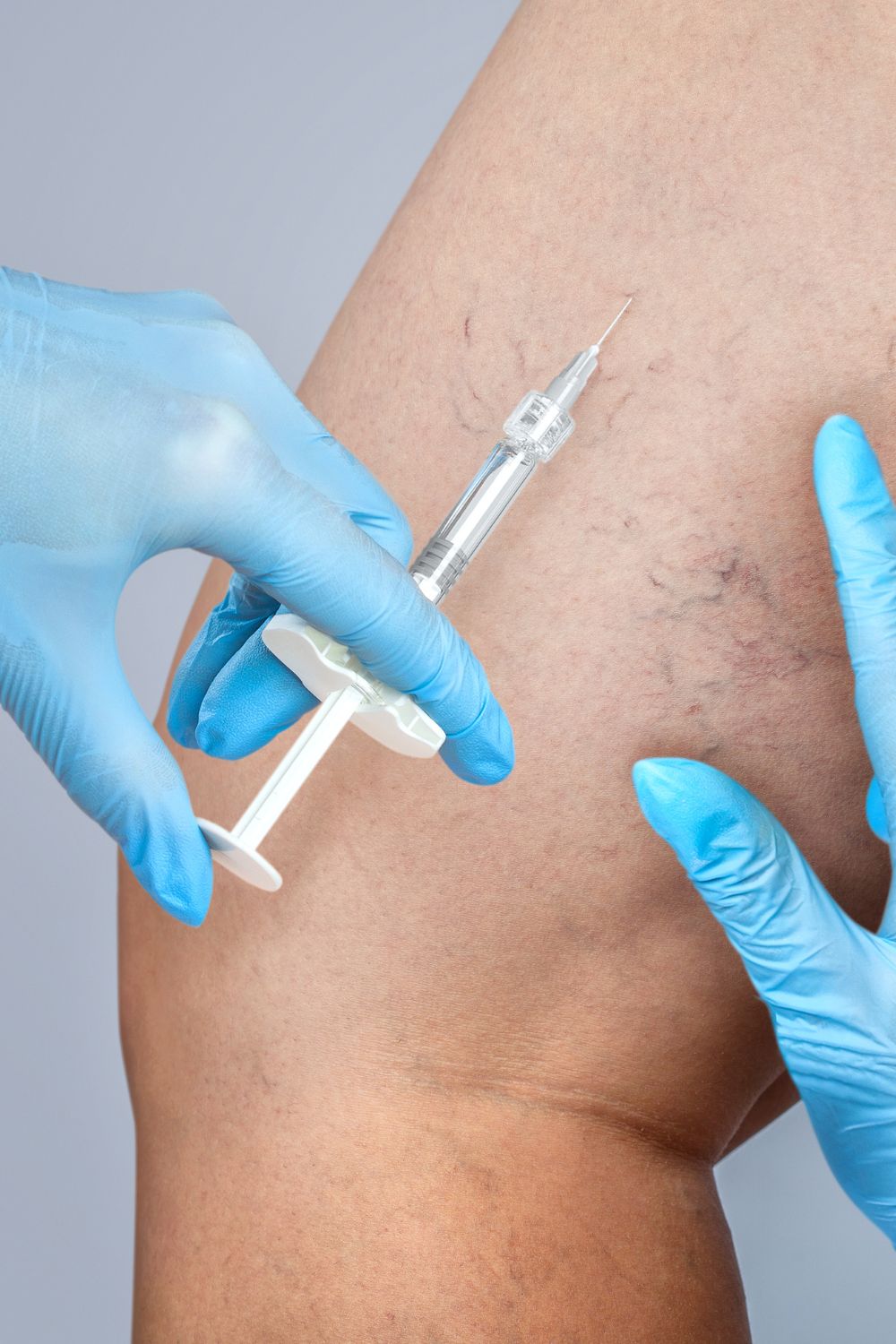

Follow-Up Procedures
As you recover from this treatment, follow-up appointments will be scheduled to monitor your healing and ensure that your recovery is progressing without complications.
In cases when many veins are present, several sessions may be necessary to achieve optimal results.

